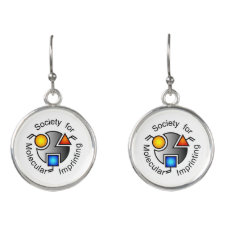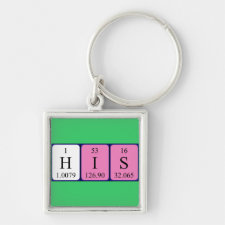
Authors: Han MN, Kane R, Goto M, Belfort G
Article Title: Discriminate surface molecular recognition sites on a microporous substrate: A new approach.
Publication date: 2003
Journal: Macromolecules
Volume: 36
Issue: (12)
Page numbers: 4472-4477.
DOI: 10.1021/ma021736e
Abstract: A novel two-dimensional surface molecular imprinting method using water-in-oil emulsion photopolymerization on a microporous polypropylene substrate was developed and used to separate the bronchodilator, theophylline, from the mild stimulant, caffeine, both of similar chemical structure. Surface molecular recognition sites were generated that could discriminate between these two molecules with a concentration- dependent separation factor of 4.9 +/- 10.8 for theophylline over caffeine at 0.2 mM (1:1 v/v) solution mixture. Besides demonstrating its proof of concept, the attractive features of this new imprinting method are the following: fewer imprint molecules are needed, it can be used to imprint from aqueous environments, postcrushing of the solid matrix is not needed, recognition sites are all near or at the surface reducing mass transfer limitations, and imprinting on synthetic microporous membranes (with convection and diffusion) instead of beads (with only diffusion) speeds up the process



Join the Society for Molecular Imprinting

New items RSS feed
Sign-up for e-mail updates:
Choose between receiving an occasional newsletter or more frequent e-mail alerts.
Click here to go to the sign-up page.
Is your name elemental or peptidic? Enter your name and find out by clicking either of the buttons below!
Other products you may like:
 MIPdatabase
MIPdatabase









